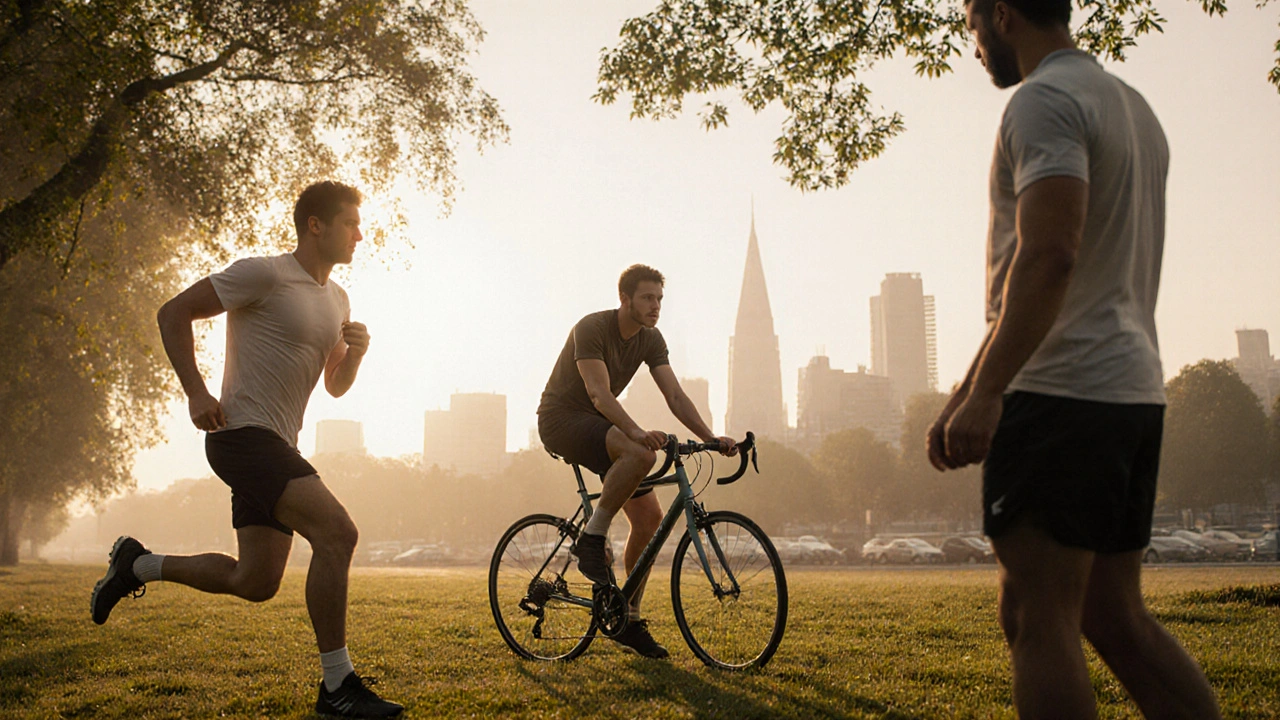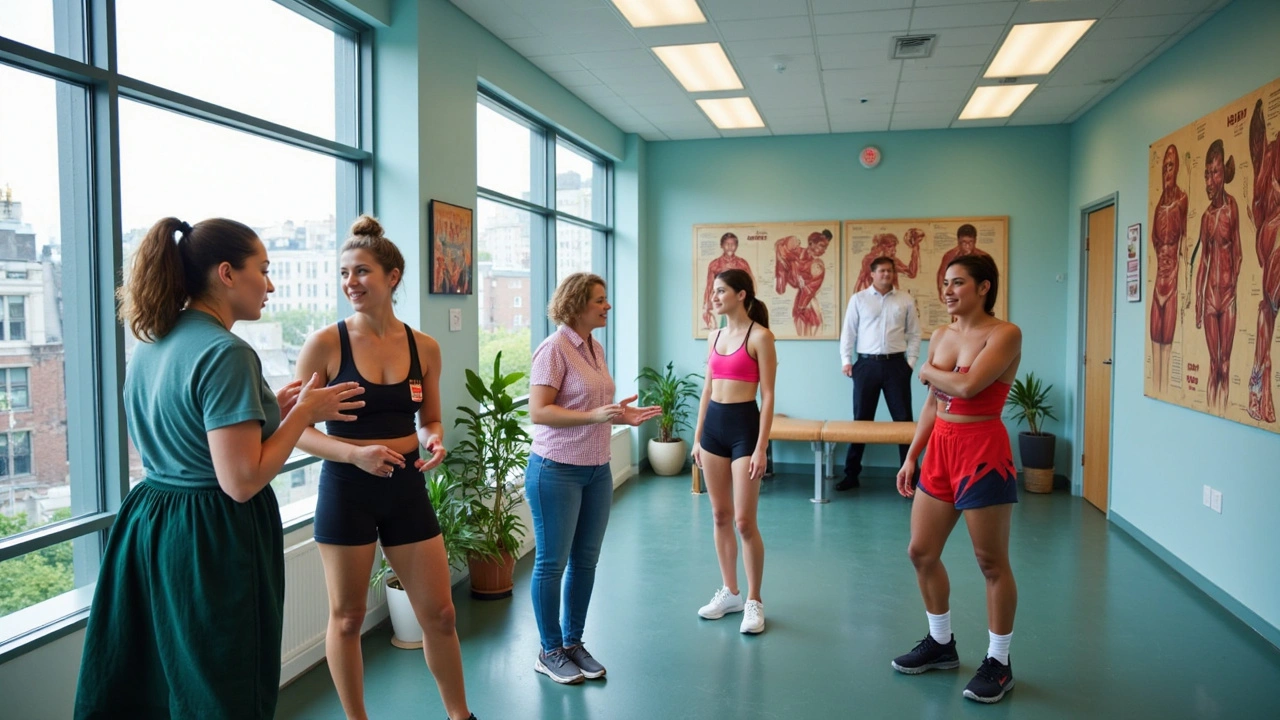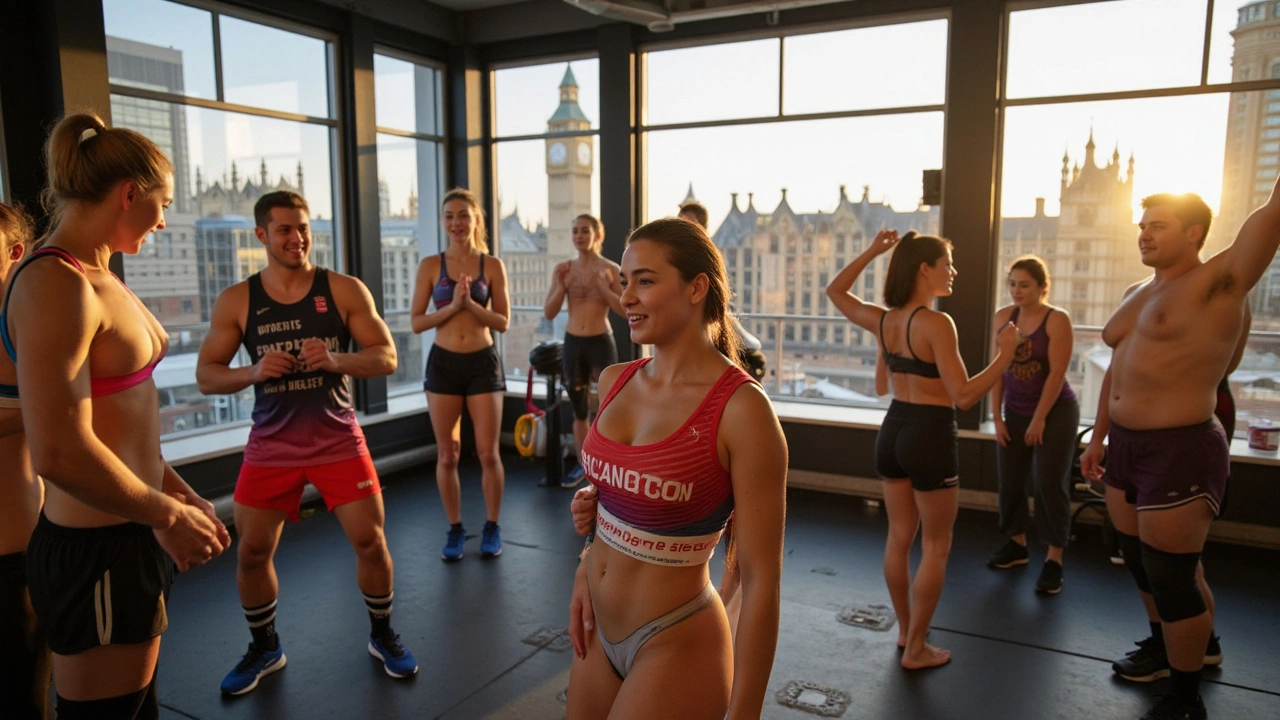Sports Massage London: Relieve Muscle Tension Fast
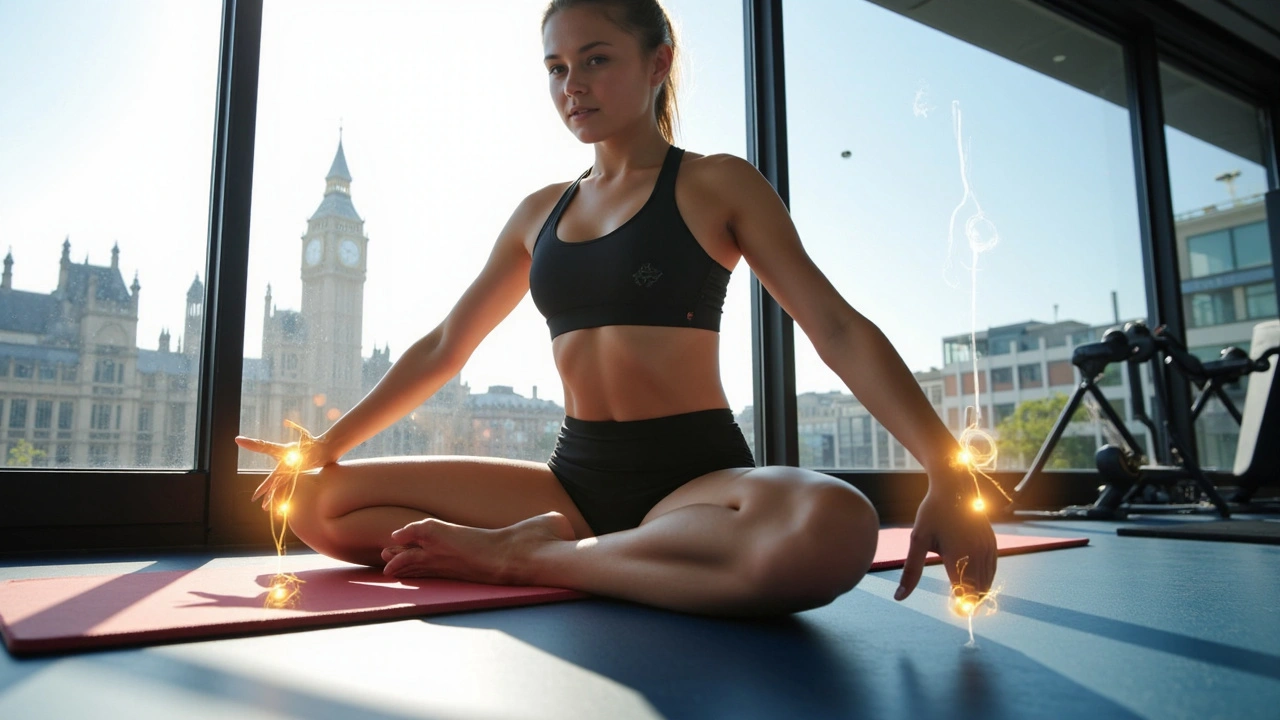
Ignore the hype—muscle tension isn’t just a “gym guy problem.” Whether you do regular HIIT class, cycle in Hyde Park, or spend all day hunched at a desk, your muscles can end up balled up tighter than you’d think. Stiff shoulders, back pain, or sore legs after a weekend five-a-side? You’re not alone. And once that tension sets in, stretching or foam rolling only gets you so far.
That’s where sports massage comes in. Done right, it doesn’t just knead sore spots—it actually helps your body heal faster, work better, and dodge future injuries. London is packed with clinics and therapists who specialise in sports massage, and you don’t need to be an elite athlete to book a slot. If you’re tired of nagging aches or want peak performance on match day, getting an expert’s hands on those muscles makes a bigger difference than you’d think.
- Why Muscle Tension Happens (And Sticks Around)
- How a Sports Massage Actually Works
- Who Really Benefits from Sports Massage in London?
- What to Expect During Your First Session
- Tips for Maximising Every Massage
Why Muscle Tension Happens (And Sticks Around)
If you’ve ever wondered why your muscles feel as tight as a drum even days after a workout, you’re not imagining it. Muscle tension happens for a few simple but frustrating reasons. The obvious one? Overuse, like hitting the gym hard or running with bad form. When you challenge your muscles—think lifting weights, sprinting for the bus, or even just sitting at your desk for hours—they react by tightening up. It's their go-to way of handling stress or too much repetition.
But here’s the catch: tension can stick around even when you’re resting. That’s because tight muscles don’t always relax properly, especially if you ignore small aches or keep moving the same way day after day. Throw in poor posture, lack of sleep, or not drinking enough water, and you get the perfect storm for long-lasting knots. No amount of stretching will fix deeply knotted muscle fibers when they’re stuck in “guard” mode, ready to cramp at any hint of movement.
Stress makes things even worse. When you’re stressed, your body releases hormones that actually tell your muscles to tense up and stay on alert—just in case you need to leap out of the way or handle trouble. So if your job is high-pressure or life’s a bit hectic, tightness tends to build, especially in your neck, shoulders, and back.
Let’s not forget those small but sneaky causes: dehydration (yes, it matters), skipping warm-ups, and even carrying a heavy bag on just one side. All of these put your muscles under uneven strain and help tension linger. You don’t have to be an athlete for these problems to show up—desk workers get them as often as marathon runners.
- Sports massage London therapists see these issues daily, and trust me, they’re not shocked when a non-runner walks in with a back that feels “locked up.”
- If you often feel tight or stiff, tracking what kicks off your discomfort—like long drives, busy training, or bad sleep—helps you figure out why tension comes back.
To give you an idea, check out this quick comparison of common muscle tension triggers in Londoners:
| Trigger | How Often It Causes Issues |
|---|---|
| Office desk posture | High (70%) |
| Exercise overuse | Medium (50%) |
| Stress | High (60%) |
| Dehydration | Medium (40%) |
Once you know what’s making your muscles clench up and refuse to let go, you have a better shot at fixing it for good. That’s where a targeted sports massage London session really starts to shine.
How a Sports Massage Actually Works
So what’s really happening when you get a sports massage London style? It's a lot more than just pushing and prodding at sore muscles. Sports massage uses a mix of techniques—from deep tissue pressure and stretching to fast, targeted movements—to deal with both surface aches and those annoyingly deep knots. The goal: break up tight muscle fibers, boost blood flow, and help you recover faster.
During a real session, your therapist might use their elbows, knuckles, and even forearms. No gentle back rubs here—expect some pressure, especially if you’ve got a big knot. Ouch, but worth it. More oxygen and nutrients get carried to your tired muscles thanks to improved circulation. Plus, it helps flush out waste products (think lactic acid) that cause soreness after workouts.
What’s cool is that sports massage also works on tendons, ligaments, and those little hidden connective tissues. Not only does this sort out today’s aches, but it also helps prevent tomorrow’s injuries. In fact, a 2023 survey from the British Journal of Sports Medicine found that athletes who got regular sports massage reported 30% less muscle soreness and recovered from tough sessions roughly 1.5 days faster on average.
| Massage Technique | Main Benefit |
|---|---|
| Deep Tissue | Releases chronic muscle knots |
| Trigger Point | Targets specific tight spots |
| Stretching | Improves flexibility |
| Friction | Breaks up scar tissue |
Not keen on sports? Doesn't matter. Office workers—the crew hunched at laptops all day—see massive relief too. Thanks to the hands-on approach and focus on specific trouble spots, sports massage fits pretty much anyone dealing with muscle tension in London.
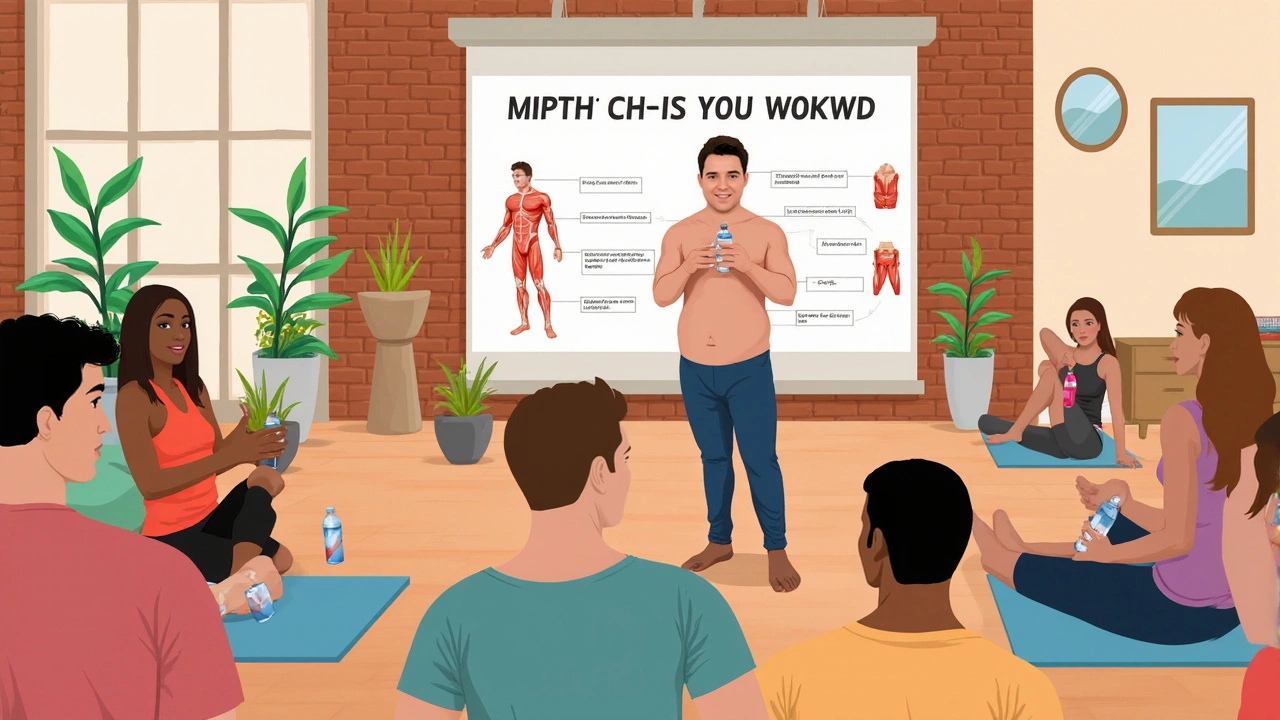
Who Really Benefits from Sports Massage in London?
It’s easy to think only pro athletes go for a sports massage in London, but honestly, anyone with muscle tightness or stiffness stands to gain. Weekend runners, cyclists, gym-goers, and even people stuck behind a desk all day feel results. You don’t need Olympic medals—just muscles that get sore or tired.
Runners often use sports massage to loosen up hamstrings or calves, especially right before or after big events like the London Marathon. Office workers show up for tense necks and shoulders from hunching over a laptop. Even folks recovering from injuries see faster progress when massage therapy is part of their routine, as it helps boost circulation and muscle recovery.
Here’s a rough breakdown of who sees the most benefit:
- Active People: Runners, cyclists, lifters, rowers—if you move your body hard, you’re a good candidate.
- Sports Teams: Football, rugby, and netball crews often book group sessions to prep for matches or speed up recovery.
- Everyday Desk Warriors: If you spend hours sitting, muscle knots creep up fast—massage helps loosen back, shoulders, and neck.
- Post-Injury Clients: Those recovering from sprains, strains, or surgery use it to speed healing (just check with your doctor first).
- Stressed-Out Londoners: Stress triggers muscle tension, especially in busy city life. Massage has been shown to lower stress hormones like cortisol.
If you’re wondering whether it honestly makes a difference, a study from King's College London tracked local people who got monthly massages: 72% reported better flexibility and less pain after just two sessions. So, if you’re juggling a busy schedule, training hard, or just need a proper reset, a good sports massage London style can fit right in.
What to Expect During Your First Session
Walking into a sports massage London clinic for the first time, you might feel a bit unsure. Will it hurt? Do you have to talk about your entire exercise history? Relax—it’s not as intimidating as it sounds, and your therapist wants you to get results and feel comfortable from the start.
First up: you’ll fill out a quick health form. This helps the therapist know if you’ve had recent injuries, surgeries, or health issues like high blood pressure. Expect a few questions about your typical activities—whether you’re running marathons, working a desk job, or just chasing your kids around the park. Being honest here makes a big difference. If you have a specific ache (say that hamstring that never quite loosens up), tell them—they’ll tailor the session.
Once that’s out of the way, you’ll head to the treatment room. Most therapists offer privacy while you undress (down to underwear or sports shorts) and get on the table, covering you with a towel for comfort. They’ll tell you what to expect before they start, and you can ask questions any time.
- First, they'll do a quick check with their hands to find tight spots—this is all part of knowing exactly where to focus.
- Then the massage begins. It can feel intense, especially when working out deep knots, but it shouldn’t cross over into real pain. Always speak up if something’s too much—good therapists appreciate honest feedback.
- You might notice them using oil or lotion for smoother movements. If you have any skin allergies, just let them know up front.
- The session usually lasts 45 to 60 minutes, depending on what you booked.
According to a 2024 UK practitioner survey, 78% of sports massage London therapists check in about pressure and comfort every 15 minutes, so you’re never left guessing or gritting your teeth in silence. Some even throw in tips or show you a stretch or two before you leave—worth paying attention to, since that homework can keep you loose between sessions.
After your session, don’t expect to spring up and run a marathon. A little soreness the next day is common—just your muscles adjusting to the work. Drink plenty of water and take it easy for 24 hours, especially if it’s your first time. You’ll probably sleep like a log that night, and, if you play your cards right, feel looser for days afterwards.

Tips for Maximising Every Massage
Getting a sports massage in London isn’t just about showing up and hoping your aches fade away. If you want it to actually make a difference, you need to do a few things before, during, and after your session. Most people miss out on half the benefits just because they treat it like a quick fix, not a full recovery tool.
- Hydrate properly – This one’s a dealbreaker. Tight muscles relax faster when you’re well hydrated. Drink water before and after your massage. It really does help flush out all that waste your body releases after deep tissue work.
- Don’t skip the history chat – Be honest with your therapist. Let them know if you’re dealing with old injuries, recent knocks, or anything that feels weird or off. A good therapist tailors each sports massage to your body’s needs.
- Breathe through pain – Some deep techniques can feel pretty uncomfortable. Instead of tensing up, focus on steady breathing. It actually helps your muscles relax and lets the therapist go deeper, safely.
- Wear the right gear – Loose or sports-style clothing makes it easier to access specific muscle groups. If it’s your legs that need work, don’t show up in jeans.
- Plan downtime after – Your muscles might feel heavy or wobbly straight after. Avoid intense gym sessions or anything physical for a day. Professional advice actually says your recovery improves when you rest up post-massage.
If you’re serious about results, consistency is bigger than intensity. Research out of King’s College London showed that folks who committed to regular sports massage London sessions saw a bigger drop in muscle soreness and injury risk than those who just booked a one-off before a race or after a big lift. Twice a month tends to be the sweet spot for most people, especially if you’re hammering out workouts all week.
| Frequency | Muscle Soreness | Injury Rate | Performance Increase |
|---|---|---|---|
| Once a month | ↓ 12% | ↓ 5% | +3% |
| Twice a month | ↓ 29% | ↓ 17% | +6% |
| One-off session | ↓ 4% | No change | +1% |
Here’s the bottom line: mix in regular sports massage with smart habits, and you’ll feel recovery and performance gains that last well beyond the massage table. Simple things matter—water, rest, honesty, and a bit of planning, all add up faster than you’d think.

